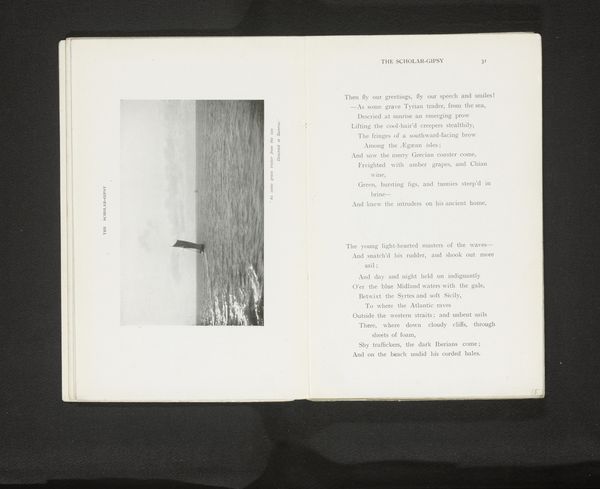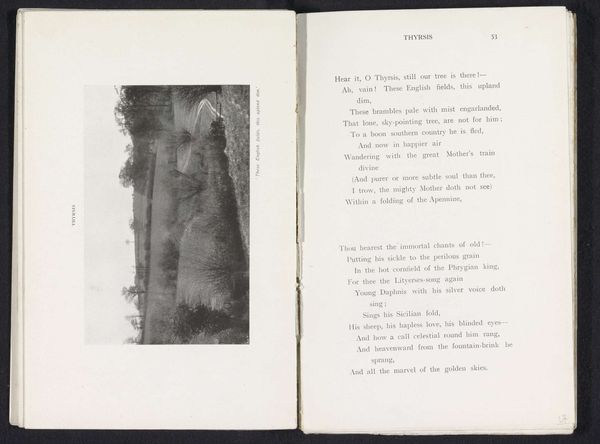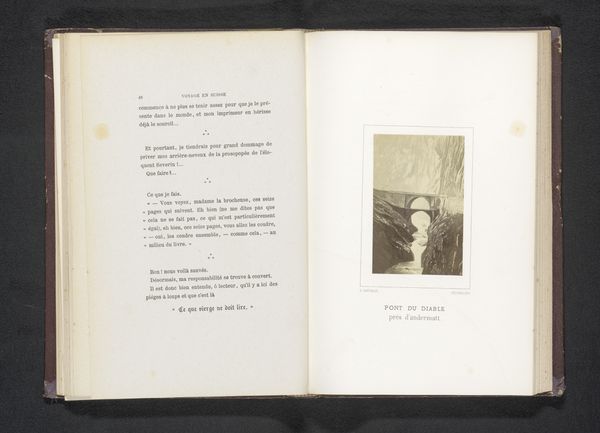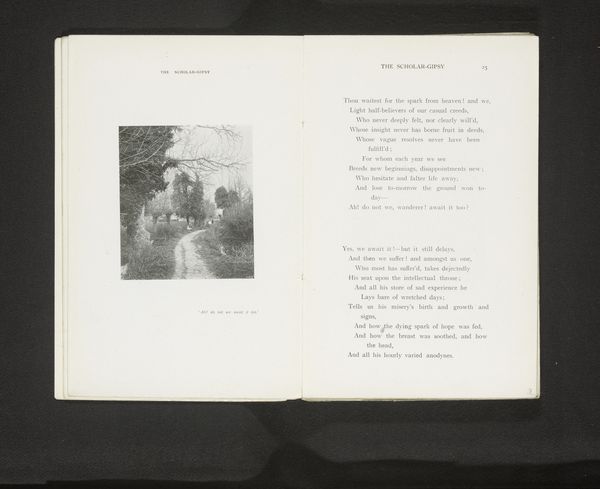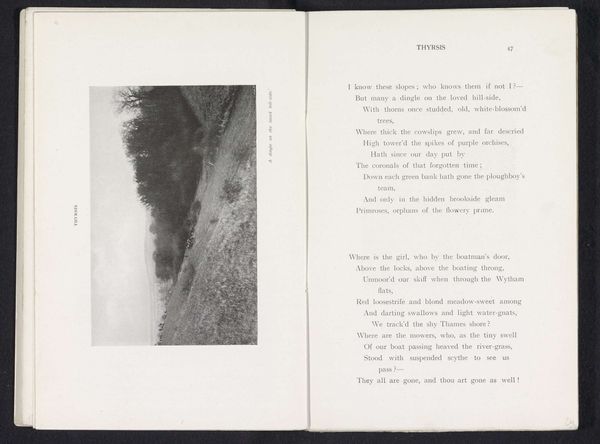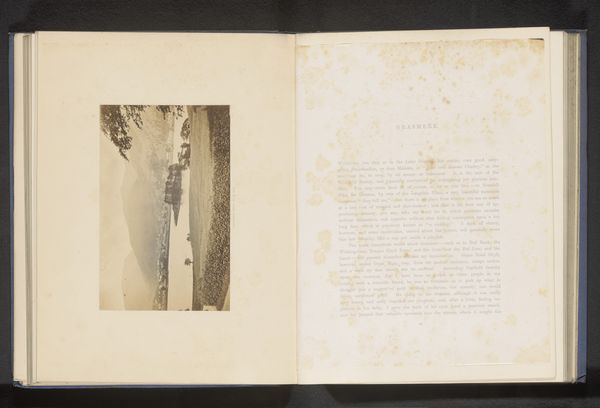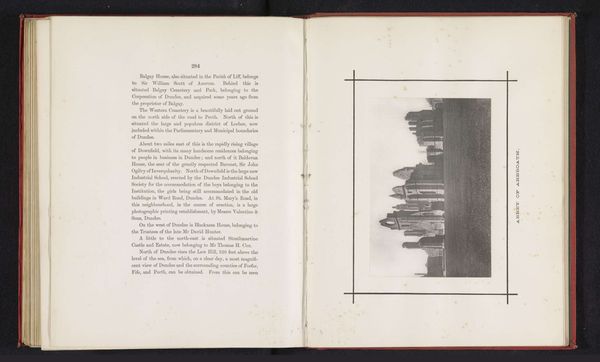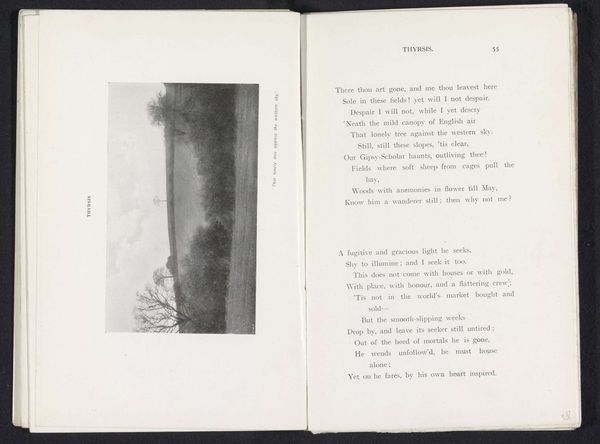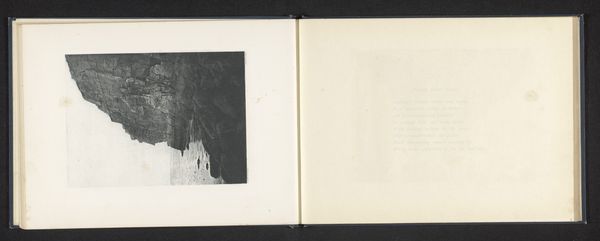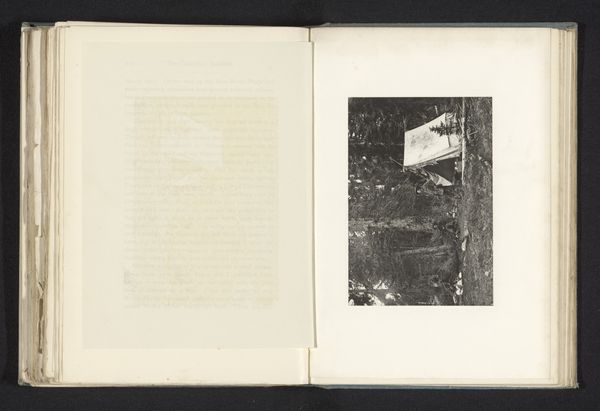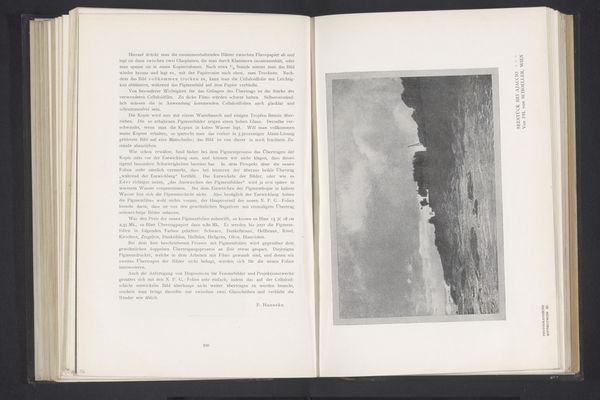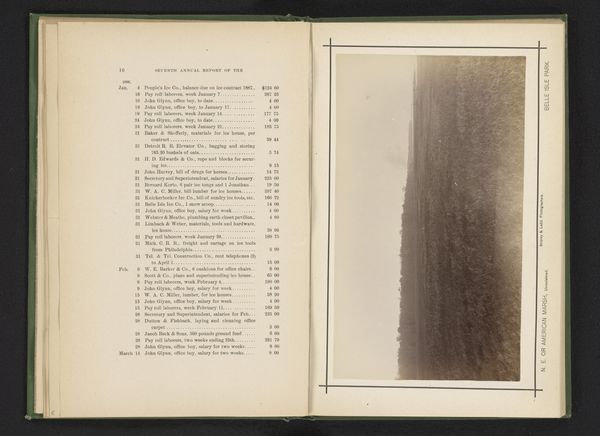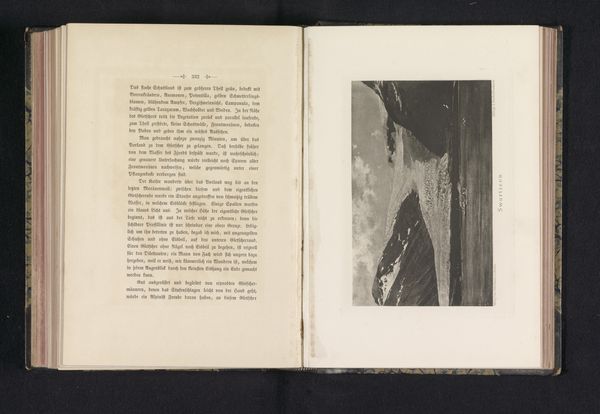
print, photography
# print
#
landscape
#
river
#
photography
Dimensions: height 89 mm, width 138 mm
Copyright: Rijks Museum: Open Domain
Curator: Here we have Henry W. Taunt’s "Gezicht op de Theems", which translates to "View of the Thames", taken before 1912. It's a printed photograph. What's your initial take on this piece? Editor: It’s strikingly melancholic, isn't it? The monochrome palette emphasizes a sense of quietude and reflection. The texture of the water seems almost tangible, yet also distant, like a memory. Curator: I'm drawn to think about Taunt's larger body of work. He was incredibly active in documenting the social and architectural landscape of the Thames region, providing what is now an invaluable historic record. What do you think his motivations were? Editor: His dedication is telling. Before 1912—considering the political climate of the time and its deep class divisions, it speaks volumes that Taunt focused his lens on this specific subject. It really seems to be more than a mere record. Curator: I think you're right; there’s a definite intent to show the evolving landscape and life alongside the river, but I wonder if he was concerned about idealizing the waterway. The almost pastoral rendering softens the industrial changes happening during that era, which leads me to question the role his work played at that moment in time. Editor: An interesting point. If you focus on its quiet simplicity and the reflections captured, you start to imagine how those who worked and lived by the river related to it. You may think about those often erased from such representations of "progress"—the working class and those marginalized, like the Romani. The romanticism in the photo does gloss over realities. Curator: Yes. The framing invites us to ponder these social layers often unseen. The work reveals how landscapes can function as both objective documents and stages upon which socio-political dynamics unfold. It causes one to ponder both its historical context and how our perspectives today impact the image’s reading. Editor: Absolutely. For me, its power lies in sparking those layered considerations and bringing a deeper engagement to how photography represents not only the world, but also society. Curator: It highlights that art’s relationship to social consciousness doesn't end at its creation; instead, it begins anew with each viewer's interpretation. Editor: Precisely. An important realization that resonates well beyond the Thames.
Comments
No comments
Be the first to comment and join the conversation on the ultimate creative platform.
